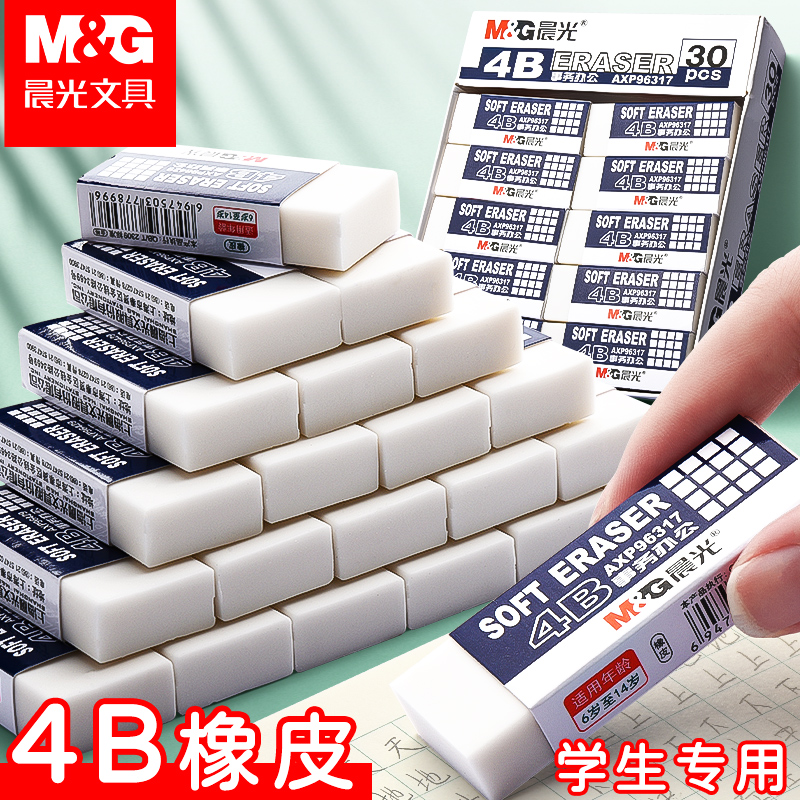学习用品大揭秘:橡皮擦的起源与演变
峎迥匞
2024-10-15 03:44:49
0次
学习用品大揭秘:橡皮擦的起源与演变
在我们日常的学习生活中,橡皮擦无疑是一个不可或缺的物品。它帮助我们纠正错误,使我们的书写更加整洁。那么,这个我们每天都在使用的物品是如何起源和演变的?接下来,就让我们一起探索橡皮擦的神秘历史。
一、橡皮擦的起源
橡皮擦的起源可以追溯到公元1770年,那时的英国科学家尤思塔斯·爱迪生在画素描时发现,有一种橡皮擦可以用来擦拭铅笔上的痕迹。这使他对橡皮擦的制作方法产生了兴趣。后来,爱迪生发现一种经过硫化的植物性材料能够有更好的可塑性和持久性,并且通过这种材料制作出的橡皮擦也能更容易地清除墨水笔的笔迹。他将其申请了专利并进行了销售,从而开始了现代橡皮擦的历史。
二、橡皮擦的演变
自爱迪生的发明以来,橡皮擦的材质和形状都经历了多次演变。早期的橡皮擦主要使用橡胶和硫磺混合制成,形状也较为单一。随着科技的发展,人们开始尝试使用不同的材料来改善橡皮擦的性能,例如加入聚合物以提高弹性,改善了它的擦除效果和耐久性。
在形状上,传统的方形或矩形橡皮擦逐渐被更方便使用的长条形或卷状橡皮擦所取代。此外,随着彩色铅笔和马克笔的普及,多色橡皮擦也应运而生,满足了不同颜色的笔迹擦拭需求。此外,还出现了利用磁性材料制作的橡皮擦等特殊材料的应用也得到了尝试。
三、橡皮擦的现代应用
如今,橡皮擦已经成为了我们学习生活中不可或缺的一部分。无论是学生还是职场人士,都需要它来帮助我们纠正书写错误,提高作业或报告的整洁度。在电子设备和电脑日益普及的时代,甚至还有电子橡皮擦的诞生。虽然传统的实体橡皮擦仍是我们的首选,但这种新式的橡皮擦正逐步在市场中崭露头角。
英文翻译:
Learning Supplies Revealed: The Origin and Evolution of the Rubber Eraser
In our daily study life, the rubber eraser is undoubtedly an indispensable item. It helps us correct mistakes and makes our writing more neat. So, how did this item we use every day originate and evolve? Next, let's explore the mysterious history of the rubber eraser together.
I. The Origin of the Rubber Eraser
The origin of the rubber eraser can be traced back to 1770 when a British scientist named Eustace Edison discovered a type of rubber eraser that could be used to erase the traces of a pencil while drawing. This made him interested in the production process of the rubber eraser. Later, Edison found that a plant-based material that had been vulcanized could have better plasticity and durability, and an eraser made from this material could also easily remove ink pen traces. He applied for a patent and began selling it, thus starting the history of modern rubber erasers.
II. The Evolution of the Rubber Eraser
Since Edison's invention, the materials and shapes of rubber erasers have gone through many changes. Early rubber erasers were mainly made of a mixture of rubber and sulfur, with a relatively simple shape. With the development of technology, people began to try using different materials to improve the performance of rubber erasers, such as adding polymers to improve elasticity, which improved its erasing effect and durability. In shape, traditional square or rectangular erasers have gradually been replaced by more convenient long-shaped or rolled erasers. In addition, with the popularity of colored pencils and marker pens, multi-colored erasers have also emerged to meet the needs of removing different colors of ink. Furthermore, there are also special material applications such as magnetic erasers. III. Modern Application of Rubber Erasers Today, the rubber eraser has become an indispensable part of our study life. Whether students or working professionals, we all need it to help us correct writing errors and improve the cleanliness of our homework or reports. With the increasing popularity of electronic devices and computers, even electronic erasers have been invented. Although traditional physical erasers are still our first choice, this new type of eraser is gradually emerging in the market.相关内容
热门资讯
橡皮擦的演变史:从简单到科技的...
橡皮擦从简单到科技,见证了科技进步和教育变革。早期用各种材料擦拭错误,后发展为橡胶橡皮擦。现代橡皮擦...
探索各种类型的学习用品与橡皮擦...
本文探讨了各种学习用品与橡皮擦的优缺点,包括笔、尺子、普通橡皮擦和电动橡皮擦等。每样工具都有其独特特...
橡皮擦的多种用途:不仅仅是擦除
橡皮擦不仅用于擦除铅笔痕迹,还有多种非传统用途,如擦除其他书写工具痕迹、清除贴纸残留物、修复小划痕、...
橡皮擦的种类与使用方法,让学习...
本文介绍了橡皮擦的种类和使用方法,包括普通橡皮擦、美术专用橡皮擦、电动橡皮擦和塑料橡皮擦等,以及轻柔...
"十款最好的橡皮擦推荐,让学习...
本文推荐了十款优秀的橡皮擦,包括晨光、马培德、得力等品牌,其特点各异,但都能有效清除铅笔书写错误,让...
多种品牌学习用品比较:橡皮擦的...
多种品牌橡皮擦功能各异,包括普通、彩色、环保和可塑型等。普通橡皮便宜方便,彩色橡皮适用于不同颜色笔迹...
学习神器大盘点:学习用品和橡皮...
学习用品如笔、尺子、笔记本等在学习中不可或缺,橡皮擦则侧重于修正错误,提高作品质量。二者相辅相成,共...
学习用品盘点:橡皮擦的种类、特...
橡皮擦是常见文具,分多种类型和特点,如普通、软质、硬质、彩色和电子等,用于清除铅笔、水彩等痕迹,广泛...
"橡皮擦的秘密:如何在学习中发...
橡皮擦在学习中具有重要作用,能纠正错误、提高效率。为发挥其最大效用,需适时使用、善用辅助工具、保持清...
橡皮擦的使用技巧:让你学习更轻...
本文分享了橡皮擦的使用技巧,如选择合适橡皮擦、掌握适当力度、正确擦拭方式和保护橡皮擦等,帮助读者更轻...



